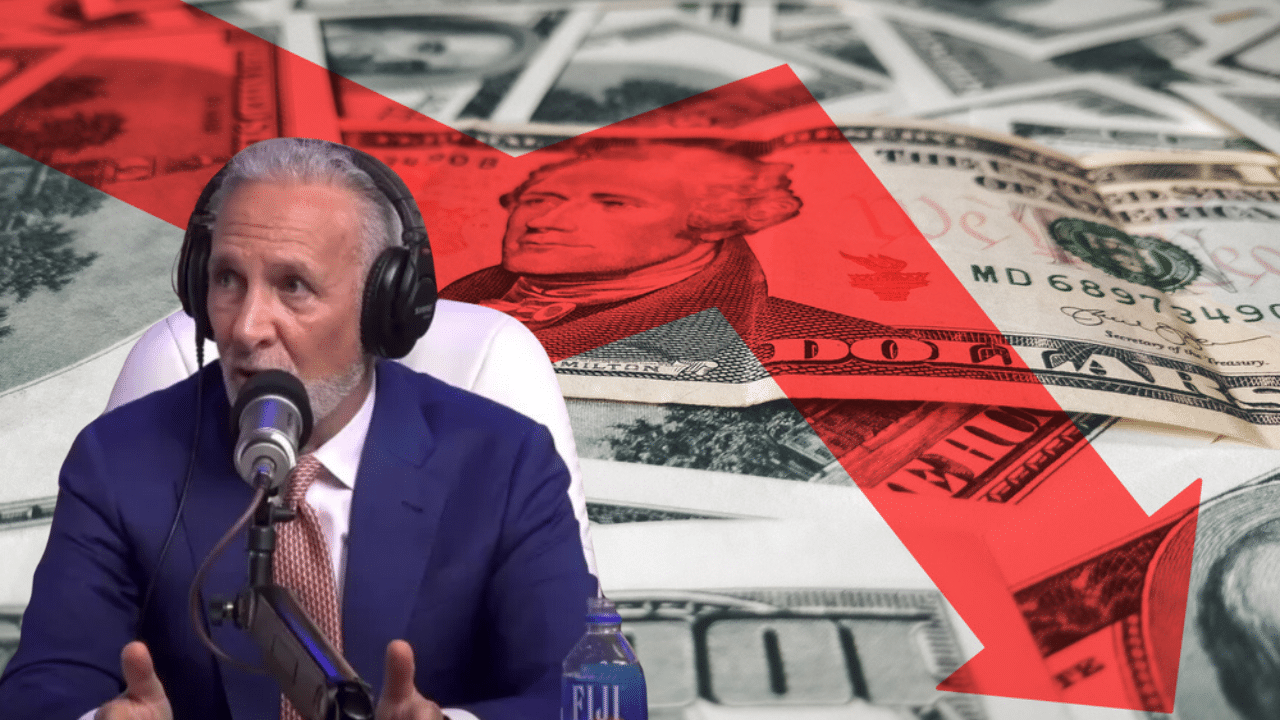While the number of Americans who celebrate Christmas as a cultural holiday is going strong, there has been a shocking rise in the number of people ditching Christianity — what sociologists call “nonverts.” Pew Research Center estimates that Christians will be a minority of Americans by 2070 if current trends continue.
And it likely will, with the largest percentage of those losing their religion being young adults who are about as old as that REM reference: people around 30 and under. It’s a kind of “cultural whiplash” from religion to secularism that’s hit the United States much faster than it has other parts of the world, said theology and sociology professor Stephen Bullivant.
Bullivant, a practicing Catholic who teaches at St. Mary’s University in London and the University of Notre Dame in Sydney, spoke to Grid about why Americans are leaving Christianity in droves and the demographics that are seeing the (ahem) ungodliest declines. His new book, “Nonverts: The Making of Ex-Christian America,” came out in the U.S. on Dec. 1.
Bullivant made it clear that it’s important not to glom all young adult nonverts as having one big reason for leaving the church. “Each person has a complex story, and we need to recognize the personal journey,” he told Grid. That said, he added, there are larger trends we can examine.
For example, the largest demographic of nonverts, younger adults, will raise their children as “nones” — people from nonreligious families. And while a tiny percentage of nonverts return to religion, nones rarely embrace religion at any point in their lives.
Bullivant noted that it’s not shocking that young adults are the ones leaving at the highest rates. “When people do nonvert,” he said, “they tend to do in their early to mid-20s.”
And to those who dismiss the trend as just young people trying something different who will eventually come back to the church, that is not what the data shows. Not only have the percentages of adults under 30 claiming to have no religion increased dramatically over the past 50 years, other age groups saw rises as well, Bullivant said.
While the trend toward atheism and agnosticism in Europe has been a slow but steady decline, Bullivant said, the increase in Christians dropping the faith didn’t really take off in the U.S. until the early 2000s, and the decline since then has been steep and quick.
For people who study such trends, there was kind of this feeling in the ’90s that if a rise in secularism hadn’t happened yet in America, there was no reason to think it would. “Even the most dramatic historical examples of religious growth or decline tend to occur over many generations,” said Bullivant. “But then it was as if in the early 2000s, something was released.” It wasn’t so long ago, when you are talking about as big a culturally religious shift as we’re talking about, he added. (READ MORE)


















